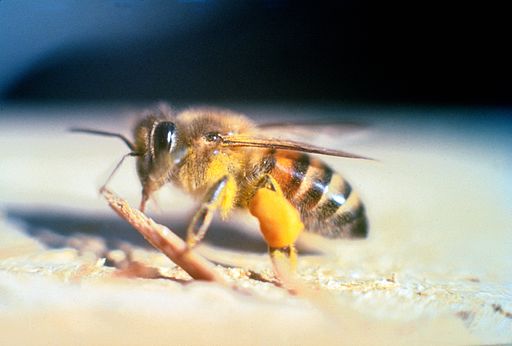SERVICE REQUEST?
Fill out the form below.
Find our nearest location

Africanized Honeybee
Attribution: Jeffrey W. Lotz, Florida Department of Agriculture and Consumer Services, Bugwood.org [CC-BY-3.0], via Wikimedia Commons
Read What Our Clients
Are Saying
SERVICE REQUEST?
Fill out the form below.